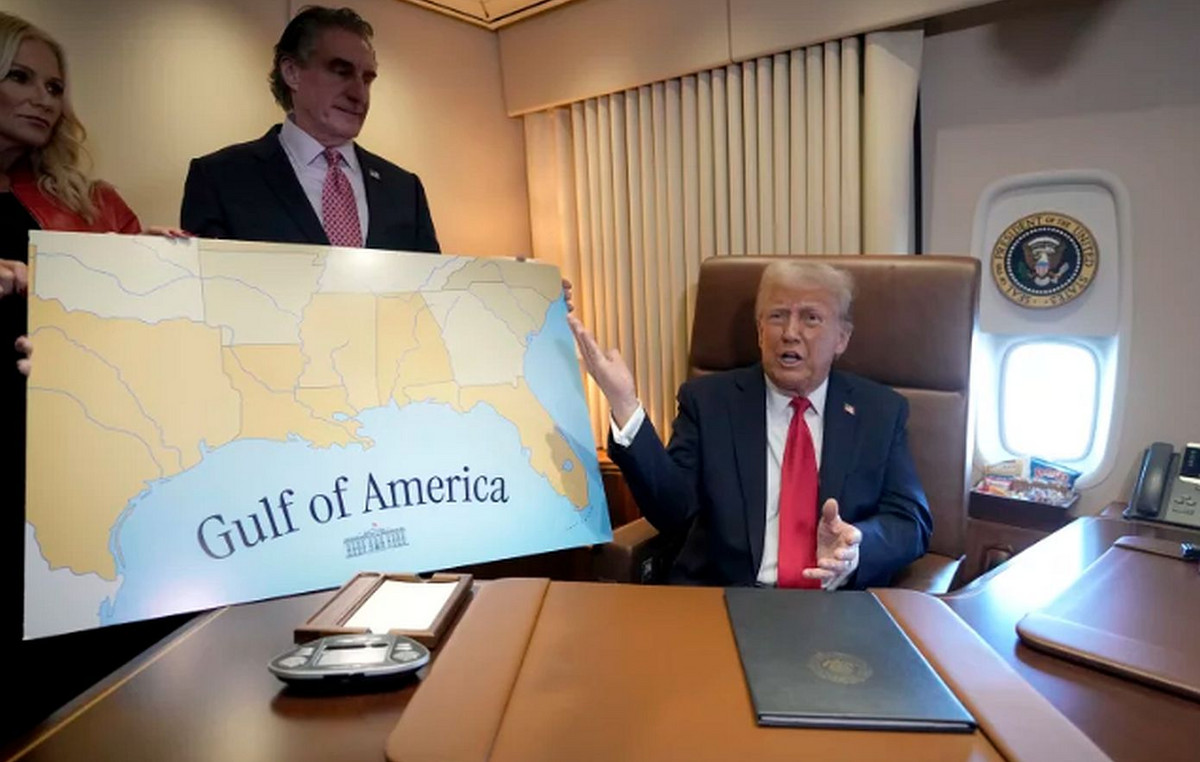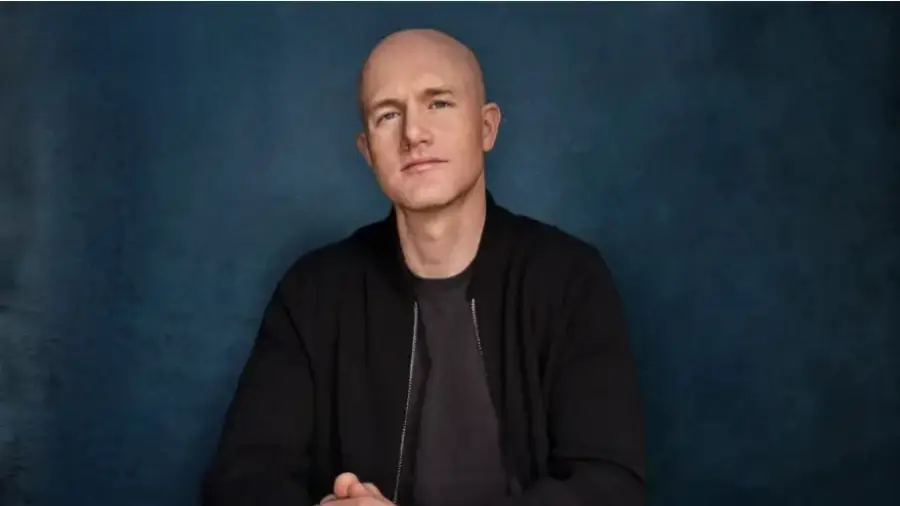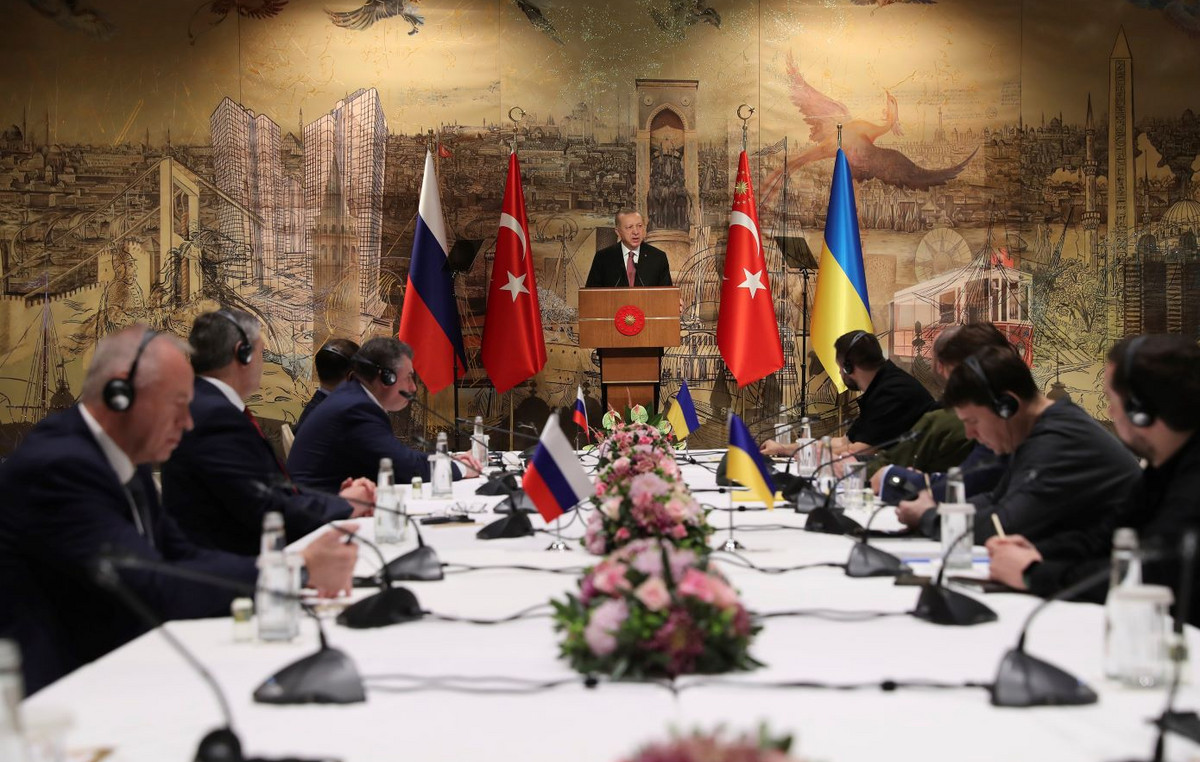A doctoral research conducted by urban architect Silvana Olivieri, from the Federal University of Bahia (UFBA), has raised evidence that a former enslaved cemetery may be located in the area where the pupileira parking lot operates in the Nazaré neighborhood of Salvador. The area belongs to the Santa Casa de Misericórdia of Bahia.
The discovery was made from the comparison of historical maps and satellite images, leading the researcher to identify an exact point that may be the cemetery site.
According to Silvana Olivieri, the cemetery was reportedly created in the 18th century and worked for about 150 years, until it was closed in 1844. It would have been used mainly to bury enslaved but also for the poor, indigent, suicidal and imprisoned. Among the possible dead are participants of the Buzios Revolt, the Pernambuco Revolution and the Malês Revolt.
Initially administered by the City Council and, later, by the Santa Casa de Misericórdia of Bahia, the site disappeared over the time of the urban landscape of Salvador. The researcher believes that excavation on site can bring up traces of a chapter of the story often erased.
“This finding has the potential to shake the colonial and racist bases of this city. Because we know that these colonial practices erase memories and traces of violence and thus perpetuate themselves. The cemetery deals with this right to memory, the right to truth and mourning. So I think the impact will be huge because it is a purposeful erasure, ”explained researcher Silvana Olivieri.
MP tries to release local excavation
The Public Prosecution Service of the State of Bahia (MP-BA) has been following the progress of the survey and, on January 29, promoted a meeting to discuss the necessary steps to carry out an excavation at the site.
The meeting was chaired by Prosecutor Alan Cedraz, coordinator of the Center for the Defense of Historical, Artistic and Cultural Heritage (Nudephac), and was attended by representatives of the Santa Casa de Misericórdia da Bahia, the National Historical Heritage Institute (IPHAN ), and the researcher Silvana Olivieri.
The purpose of the meeting was to discuss the creation of a cooperation agreement that allows the excavations in the pupilers parking lot. In a statement, prosecutor Cristina Seixas explained that the meeting aimed to ensure that everyone involved in the process of preserving the historical and cultural heritage could collaborate to enable the research. The Holy House of Mercy has until February 24 to decide on the signing of the Cooperation Agreement.
Memory Rescue
The possible location of the enslaved cemetery is also of great importance for understanding the history of Salvador and Bahia. For prosecutor Cristina Seixas, excavations can confirm the existence of one of the first public cemeteries of the city and the state, as well as providing a rescue of the memory of black people invisible by history.
“This is a time when we will rescue the image and memory of this cemetery that received remains from many black people who were not, at that time, valued, besides the perspective of the remains of people who participated in the evil revolt and Other revolts for the freedom of slaves in Brazil, ”said prosecutor Cristina Seixas.
This content was originally published in research identifies possible slave cemetery in Salvador on the CNN Brazil website.
Source: CNN Brasil
I’m James Harper, a highly experienced and accomplished news writer for World Stock Market. I have been writing in the Politics section of the website for over five years, providing readers with up-to-date and insightful information about current events in politics. My work is widely read and respected by many industry professionals as well as laymen.







